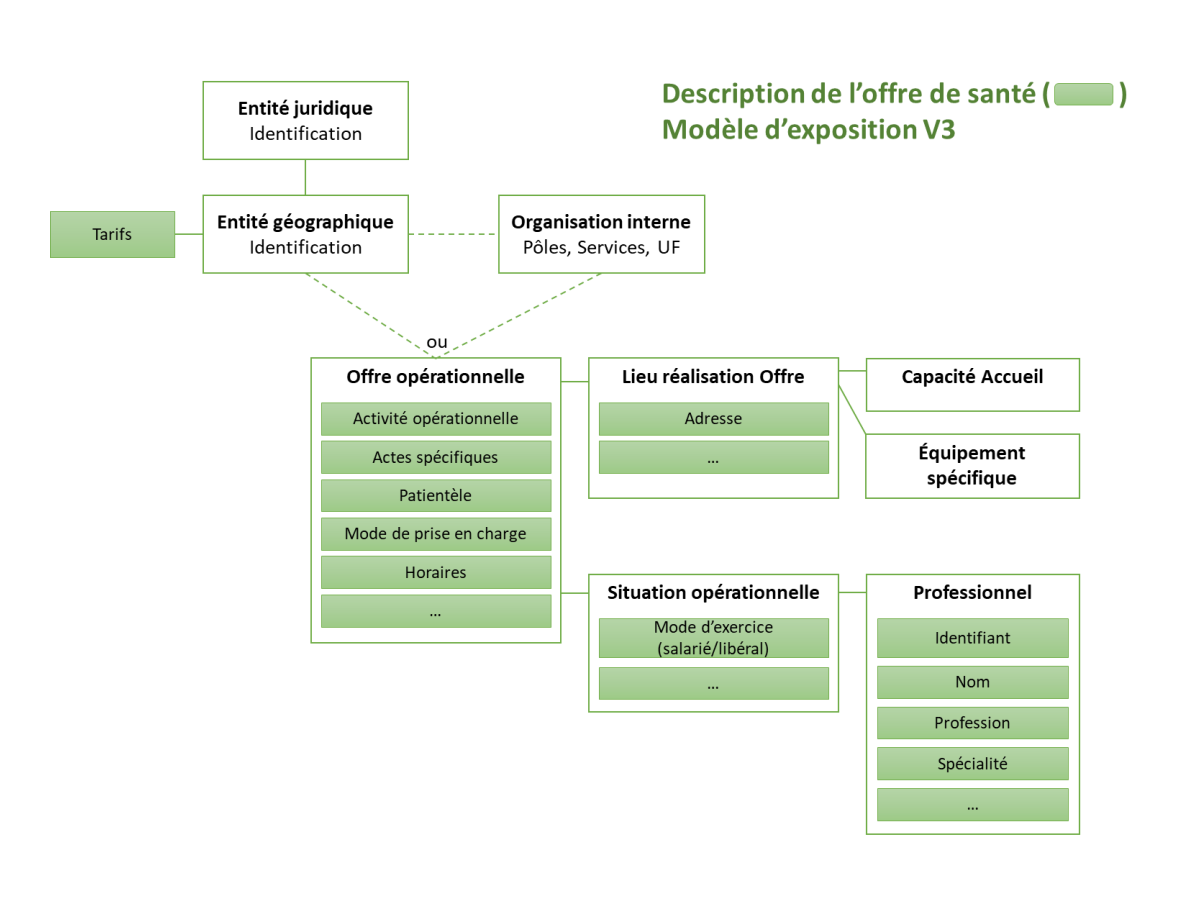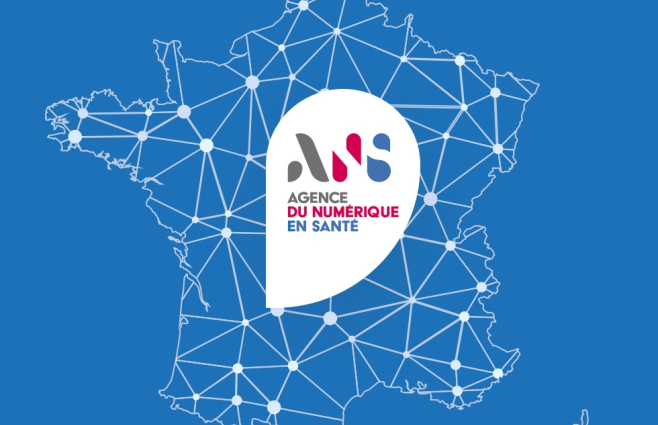What is the Operational Directory of Resources?
The Operational Directory of Resources (ROR) is a data repository.
It centralises the care offer in health facilities, in care services for the elderly losing their autonomy or disabled patients, as well as in urban structures on the national territory. It also centralises the bed availability in health facilities.
The ROR is a frame of reference in the French eHealth doctrine. It is useful to:
- Facilitate the implementation of digital services contributing to the user’s orientation, providing access to the national care offer in a normalised manner;
- Improve the quality of the offer description, by focusing efforts on the relevant subjects in one particular location;
- Provide visibility on the number of beds available in critical care units (resuscitation departments, etc.).
The ROR and the digital services that feed from its data help health professionals save time when they’re looking for the most appropriate service offer for their patients. It contributes to an effective care pathway adapted to the user.
The ROR in 1 click
Information about the health services offer description in the ROR directory
The health offer is defined as an ensemble of care services provided by a health structure (a health facility, a medico-social facility, an urban structure).
In order for digital services to have visibility on the extent of healthcare offered on the territory, regional ROR directories present the offer via normalised web services, which are based on the model of exposure, a standard exchange model.
This model of exposure:
- Describes the data organisation of the care offer;
- Sorts the data by importance, in order and by type;
- Uses national nomenclatures to harmonise the description of the health offer.
To familiarise yourself the ROR model of exposure, you may read the following documents

The ROR in numbers
89 % of medical structures are referenced in the ROR
64 % of socio-medical services and structures are referenced in the ROR
31 Applications / professional modules are connected to the ROR
How to use the ROR data ?
In order to choose between path A and path B:
- Identify your professional app requirements;
- Identify the type of data your app needs;
- Identify the user profiles for your app.
Path A
My app needs public ROR data -- > Access the Opendata platform, launched in June 2022
The Opendata platform centralises and grants access to the public data descriptions in the 17 regional RORs. It covers the health offer in the sanitary, medico-social and city practices.
The data accessible on this platform is:
- extracted from the regional RORs without external treatment (1 file per region);
- layed out in standard exchange ROR format (ROR model of exposure – xml);
- updated monthly.
Path B
My app needs restricted ROR data -- > Join the regional or national trusted space
If you only need access to one regional ROR directory, you must fill in a request form to join the regional circle of trust. Send your application to the region’s GRADeS.
If you wish to access several regional ROR directories or the national ROR (starting in 2023), you must fill in a request form to join the national circle of trust. Send your application to the ROR program team.
Key service dates
Frequently Asked Questions
The ANS answers the most common questions about the ROR
Your level of access to the ROR data depends on the nature of the data you wish to use (public/restricted) and the perimeter you wish to cover (one ROR or several ROR directories).
The ROR data in public access:
- is available as opendata since mid-2022;
- will be available directly on the national ROR with no specific procedure in early 2023.
The ROR data in restricted access (professional access):
- for one regional ROR, you must complete a request form to join the regional circle of trust and send it to the region’s GRADeS;
- for several ROR directories, you must complete a request form to join the national circle of trust and send it to the ROR program team.
Cette réponse vous a-t-elle été utile ?
PLATINES is a platform dedicated to interoperability tests for eHealth. It stimulates a ROR (version 2.4) and gives you the opportunity to use “test” data via several professional cases (a total of 94 test scenarios are available). These test scenarios are valid for the current ROR as well as the national ROR.
You must contact the ROR program team to request access to PLATINES.
Cette réponse vous a-t-elle été utile ?





